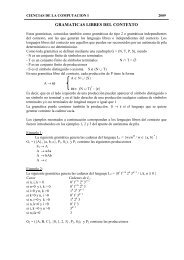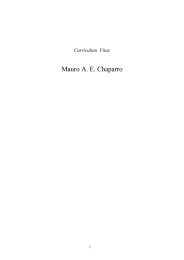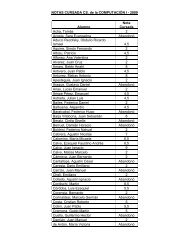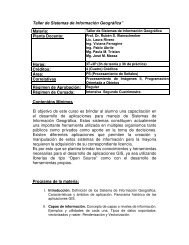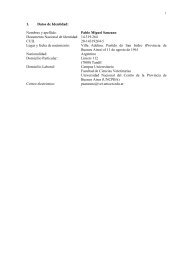Libro de Resúmenes / Book of Abstracts (Español/English)
Libro de Resúmenes / Book of Abstracts (Español/English)
Libro de Resúmenes / Book of Abstracts (Español/English)
Create successful ePaper yourself
Turn your PDF publications into a flip-book with our unique Google optimized e-Paper software.
Resumenes 163<br />
diferencial automático que pue<strong>de</strong> resultar <strong>de</strong> ayuda al pr<strong>of</strong>esional<br />
fonoaudiólogo.<br />
Automatic classification <strong>of</strong> pathological voices<br />
Even if normal phonation and voice disor<strong>de</strong>rs can be qualitatively<br />
distinguished by the well trained human ear, nowadays it does not exist any<br />
system capable to perform a quantification and estimation <strong>of</strong> the<br />
distribution <strong>of</strong> the data corresponding to different pathologies. This work is<br />
motivated by the clinical interest ma<strong>de</strong> clear by the phonoaudiology<br />
community and the need to <strong>de</strong>velop new techniques that could orientate in<br />
this sense.<br />
In phonoaudiology it is clinically interesting to <strong>de</strong>termine normal for<br />
pathological phonations. This task results more complicated when it is<br />
necessary to precise the pathology, given that in certain cases the voices <strong>of</strong><br />
the patients can have similar characteristics but different pathologies. An<br />
important case is to discriminate between two dysphonias: muscular tension<br />
dysphonia (MTD) and spasmodic dysphonia.<br />
This importance lies in that the treatments are totally different, and only a<br />
few highly trained specialists can correctly diagnose the pathology. Classic<br />
temporal measures based on the fundamental frequency and consecutive<br />
periods amplitu<strong>de</strong> variations help to distinguish between normal and<br />
pathological voices, but they are not enough to discriminate between the<br />
dysphonias above mentioned. At the present time there are no tools that<br />
allow the automatic classification <strong>of</strong> these pathologies. This absence motives<br />
us to <strong>de</strong>velop new techniques that help in the automatic diagnosis from a<br />
sustained vowel /a/ record.<br />
In the present work, we first classify the data in normal and<br />
pathological voices. Next, we proceed to discriminate between the two<br />
pathologies <strong>of</strong> our interest. With this aim in view we use different<br />
parameters calculated from the voice signal. The parameters are: the<br />
fraction <strong>of</strong> locally unvoiced signal, <strong>de</strong>gree <strong>of</strong> vocal breaks, three different<br />
measurements <strong>of</strong> jitter (<strong>de</strong>gree <strong>of</strong> difference between consecutive<br />
fundamental frequencies <strong>of</strong> sustained voice signal), and three different<br />
measurements <strong>of</strong> shimmer (<strong>de</strong>gree <strong>of</strong> difference between the amplitu<strong>de</strong>s <strong>of</strong><br />
consecutive periods). With these parameters we build the patterns<br />
representing each patient. Neural networks (NN) and support vector<br />
machines (SVM) performances as automatic pattern recognizers are<br />
analyzed. Neural networks are trained by different methods, obtaining<br />
results that <strong>de</strong>pend on such methods. In case <strong>of</strong> SVMs, its performance for<br />
different kernels is studied here. The presented advances point out a way<br />
for <strong>de</strong>veloping an automatic differential diagnosis method that could help to<br />
the phonoaudiologist.



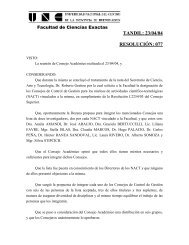
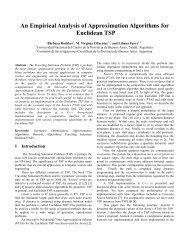
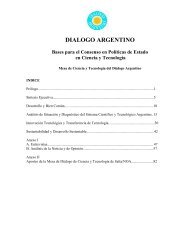
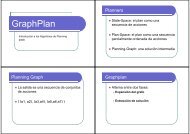
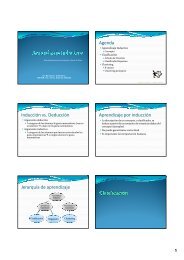
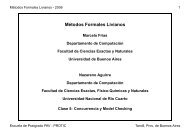
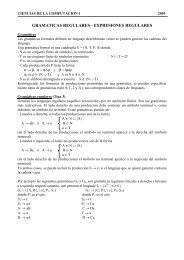

![Clase 13 [pdf]](https://img.yumpu.com/19616969/1/190x245/clase-13-pdf.jpg?quality=85)

